Fantasy Sports Apps | Monetize Through Advertising | Digitally

Fantasy sports apps have surged in popularity, drawing millions of users who engage in virtual sports leagues and competitions. While user engagement is high, these platforms must find sustainable ways to generate revenue. One of the most effective monetization strategies is advertising. Let’s explore how fantasy sports apps are leveraging ads to drive profits while maintaining an engaging user experience.
1. In-App Banner Ads
Banner ads are a staple in mobile advertising and are widely
used in fantasy sports apps. These ads appear at the top or bottom of the
screen without disrupting the user’s experience. Advertisers benefit from
exposure, while app developers earn revenue based on impressions or clicks. The
key to success with banner ads is ensuring they are non-intrusive and relevant
to the audience.
2. Interstitial Ads
Interstitial ads are full-screen advertisements that appear
at natural transition points in the app, such as between game updates or before
entering a new contest. These ads tend to have higher engagement rates because
they capture the user’s full attention. However, they need to be strategically
placed to avoid frustrating users and driving them away from the app.
3. Video Ads & Rewarded Ads
Many fantasy sports apps integrate video ads, particularly
rewarded ads, where users watch short videos in exchange for in-app rewards
such as bonus points, free entries, or exclusive features. This method
increases user retention while providing a revenue stream from advertisers.
Rewarded ads are effective because they offer value to users while ensuring
high ad engagement.
4. Native Advertising
Native ads blend seamlessly into the app’s interface,
appearing as recommended content or sponsored posts. These ads are less
intrusive and align with the platform’s aesthetics, making them more appealing
to users. Fantasy sports apps often use native ads to promote sports-related
brands, gaming merchandise, and betting services.
5. Affiliate Marketing & Sponsored Content
Fantasy sports apps collaborate with brands through
affiliate marketing and sponsored content. This involves featuring sponsored
articles, videos, or recommendations within the app. When users engage with
these promotions, the app earns a commission. Common partners include sports
betting platforms, fantasy sports guides, and sports merchandise stores.
6. Programmatic Advertising
Programmatic advertising leverages AI-driven automation to
deliver targeted ads based on user behavior, demographics, and preferences.
This ensures that ads are highly relevant, improving click-through rates and
maximizing revenue for fantasy sports apps. The use of real-time bidding (RTB)
further enhances monetization by allowing advertisers to compete for ad
placements.
7. Sponsored Contests & Brand Partnerships
Some fantasy sports apps collaborate with brands to host
sponsored contests and leagues. These contests not only engage users but also
serve as an advertising avenue for brands looking to connect with sports
enthusiasts. For example, a beverage brand might sponsor a league, offering
cash prizes or exclusive rewards, enhancing brand visibility while supporting
the app financially.
8. In-App Purchases & Ad-Free Subscriptions
While ad revenue is a significant monetization stream, some
users prefer an ad-free experience. Many fantasy sports apps offer premium
subscriptions where users can pay a monthly or yearly fee to remove ads. This
dual strategy ensures revenue generation while catering to different user
preferences.
Conclusion
Fantasy sports apps have mastered the art of monetizing
through ads while keeping users engaged. By strategically using banner ads,
interstitials, video ads, native ads, affiliate marketing, programmatic
advertising, and brand partnerships, these platforms create multiple revenue
streams. As the industry continues to evolve, fantasy sports apps will likely
refine their ad strategies further, balancing profitability with user
experience.
Elyts Advertising and Branding Solutions | www.elyts.in (India) | www.elyts.agency (UAE)

















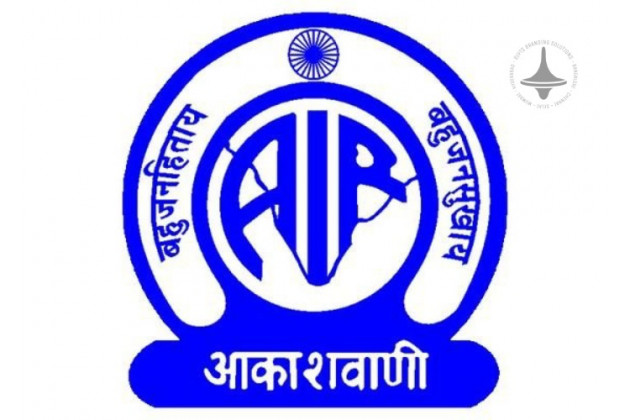
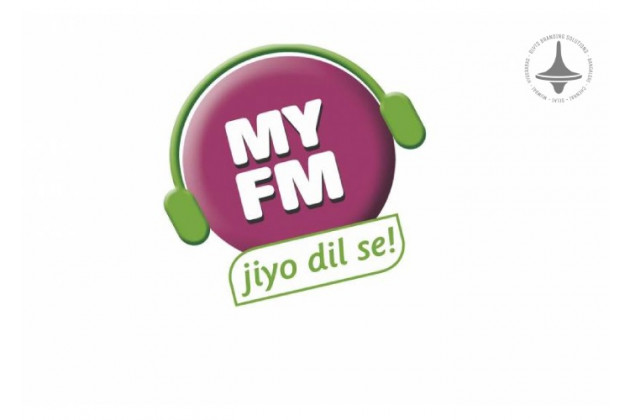
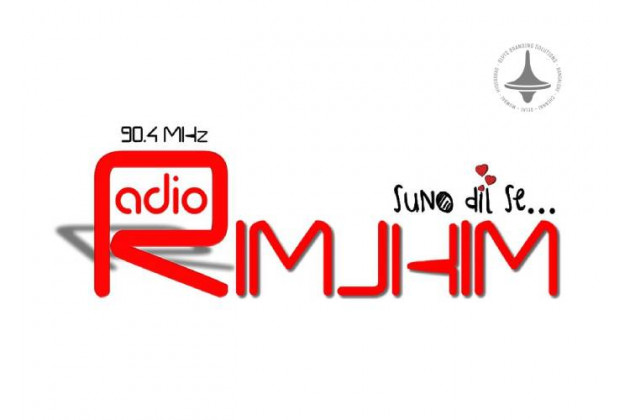
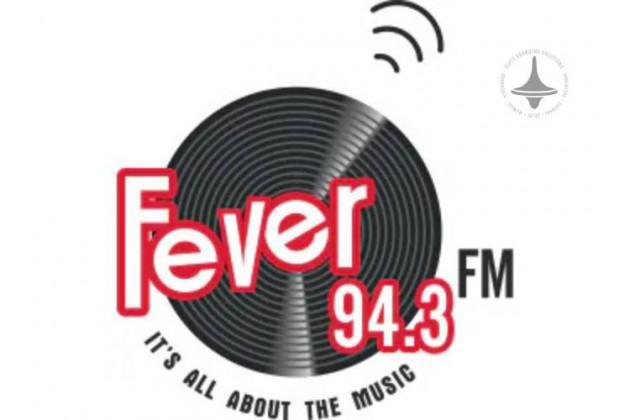
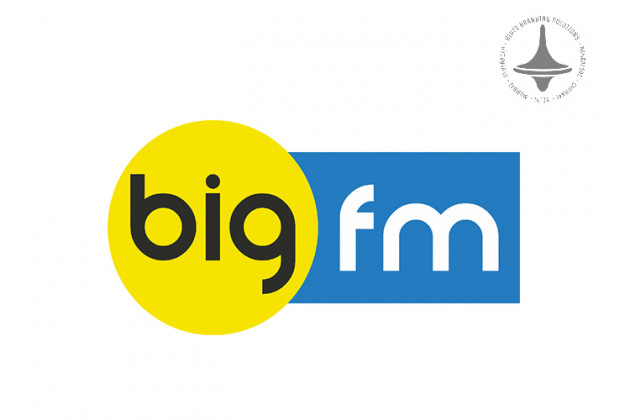
Leave a Comment